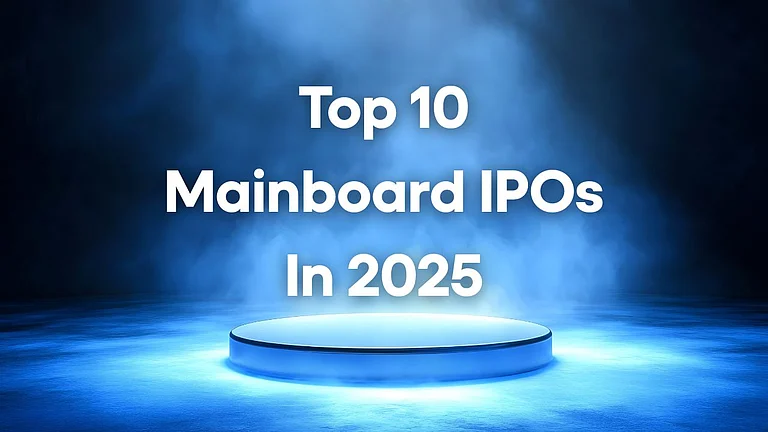According to the Economic Survey 2024, at 11 per cent, health insurance premiums saw the fastest growth among all non-life insurance segments in FY 2023. “Health insurance premiums increased by an estimated 11 per cent, driven by heightened health awareness, supportive government policies, rising medical costs, and innovations in Insurtech. This growth underscores the sector's vital role in providing financial security to Indian citizens,” says Tapan Singhel, MD & CEO, Bajaj Allianz General Insurance.
According to the Economic Survey, increased health awareness, supportive government policies, rising medical costs, and innovations in insurtech have supported this growth. Although price and income constraints may limit demand for the lower income groups, the expanding middle class and increased discretionary spending are expected to support overall growth.
“Additionally, the growing number of claims has also contributed to this upward trend. India being the fastest-growing insurance market, faces a delicate balance between expanding coverage and managing premium inflation to ensure accessibility and affordability for all segments of the population,” says Narendra Bharindwal, vice president, the Insurance Brokers Association of India (IBAI).
Health accounts for around 35 per cent of sector premiums written in FY23. With an estimated increase of 11 per cent in premiums, health saw the fastest growth amongst all non-life lines in FY23.
As more families recognize the importance of health coverage, the insurance industry will continue to enhance economic stability and contribute significantly to India's development. “Government initiatives like Ayushman Bharat have also played a crucial role in this growth, ensuring that even the lower-income groups have access to essential health services,” says Singhel.
To provide health insurance to low-income households, Ayushman Bharat Pradhan Mantri Jan Arogya Yojana (AB-PMJAY) and state government extension schemes are in place. According to the economic survey, the Ayushman Bharat Pradhan Mantri Jan Arogya Yojana (AB-PMJAY) reached a milestone of generating 34.2 crore Ayushman cards across India. Out of that, 49.3 per cent were held by females. In the medium term, health premiums are projected to grow by 9.7 per cent annually in 2024-28, with regulatory initiatives to improve the attractiveness of insurance offering some support.
“It has to be noted that the latest Insurance Regulatory and Development Authority of India (Irdai) reforms, such as Cashless Anywhere, the 30-minute cashless claim settlement guidelines, and the removal of the age cap in health insurance for senior citizens, have further enhanced health insurance penetration,” says Tarun Mathur, co-founder and CBO, Policybazaar Various regulatory hurdles have also been removed for product offerings under all the segments, especially focusing on the health insurance segment. For example, all the regulatory clearance methodology is now under the ‘File and Use’ regime instead of the ‘Use and File’ method which has led to faster approvals, thus enabling insurers to launch products more quickly according to what the market demands.
Also, to empower policyholders to understand their policy coverage better, all health insurance policies must now mandatorily issue a concise Customer Information Sheet (CIS) to the policyholders. This will in turn give policyholders more confidence in health insurance products because they will be more aware.
Misselling remains a significant issue within the insurance sector, driven by certain entities from both insurers and the distribution ecosystem aiming for top-line growth with a short-sighted vision. This problem is particularly prevalent in the retail health and life insurance segments. However, the industry has made strides to address this, such as implementing call recording during sales pitches to ensure customers are fully informed about the products and their terms.
” Says Rakesh Goyal, director, Probusinsurance.com: “While economic growth, an expanding middle class, innovation, and regulatory support have driven India's insurance market growth, in FY23, overall insurance penetration in India moderated to four per cent, down from 4.2 per cent in FY22. According to the survey in FY23, premium growth also slowed slightly compared to the previous year, reflecting ongoing adjustments to the post-Covid-19 era. For the anticipated rise in insurance penetration to materialize, the industry must become more customer-friendly. All stakeholders in the system need to address numerous areas for improvement. Several frictions have arisen during the claims process; it is imperative to streamline all these aspects. We need to create a healthy market environment, improve the distribution infrastructure, and reduce entry barriers.”
“The free look period has been extended from 15 to 30 days, giving customers more time to assess their needs, and the introduction of the customer information sheet (CIS) aims to facilitate more transparent and informed selling practices. Despite these measures, bad apples persist, necessitating serious scrutiny and appropriate action by the concerned authorities," adds Bharindwal.













